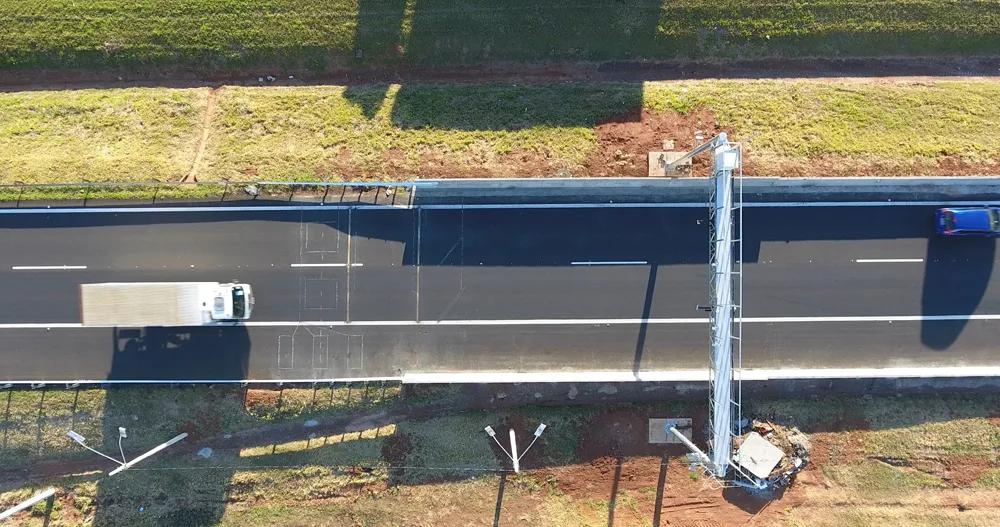The British Columbia government in Canada has deployed variable speed limit signs along three highways in the province, Highway 99, Highway 5, and Highway 1, which are prone to rapidly changing weather..Variable speed limit signs display the legal speed limit when road and weather conditions change.
From 2 June, motorists are required to obey the signs, which are regulatory and enforced by the police.
Static message signs at the entrance to each corridor inform travellers they are entering a variable
June 10, 2016
Read time: 2 mins
The British Columbia government in Canada has deployed variable speed limit signs along three highways in the province, Highway 99, Highway 5, and Highway 1, which are prone to rapidly changing weather..Variable speed limit signs display the legal speed limit when road and weather conditions change.
From 2 June, motorists are required to obey the signs, which are regulatory and enforced by the police.
Static message signs at the entrance to each corridor inform travellers they are entering a variable speed zone. A digital message sign (DMS) at the beginning of each corridor warns drivers of changing weather conditions. Flashing lights installed above each variable speed limit sign are activated when a reduced speed limit is in effect.
Traffic, road and visibility sensors monitor real-time traffic speeds as well as road and weather conditions to provide recommended reduced speeds back to operations staff who then adjust the electronic signs to let drivers know what speed they should be travelling for the current conditions.
Webcams installed along each of the routes monitor traffic and weather conditions to provide drivers and operators at the Regional Transportation Management with real time information on conditions along the routes.
From 2 June, motorists are required to obey the signs, which are regulatory and enforced by the police.
Static message signs at the entrance to each corridor inform travellers they are entering a variable speed zone. A digital message sign (DMS) at the beginning of each corridor warns drivers of changing weather conditions. Flashing lights installed above each variable speed limit sign are activated when a reduced speed limit is in effect.
Traffic, road and visibility sensors monitor real-time traffic speeds as well as road and weather conditions to provide recommended reduced speeds back to operations staff who then adjust the electronic signs to let drivers know what speed they should be travelling for the current conditions.
Webcams installed along each of the routes monitor traffic and weather conditions to provide drivers and operators at the Regional Transportation Management with real time information on conditions along the routes.










